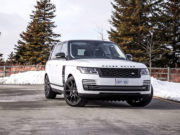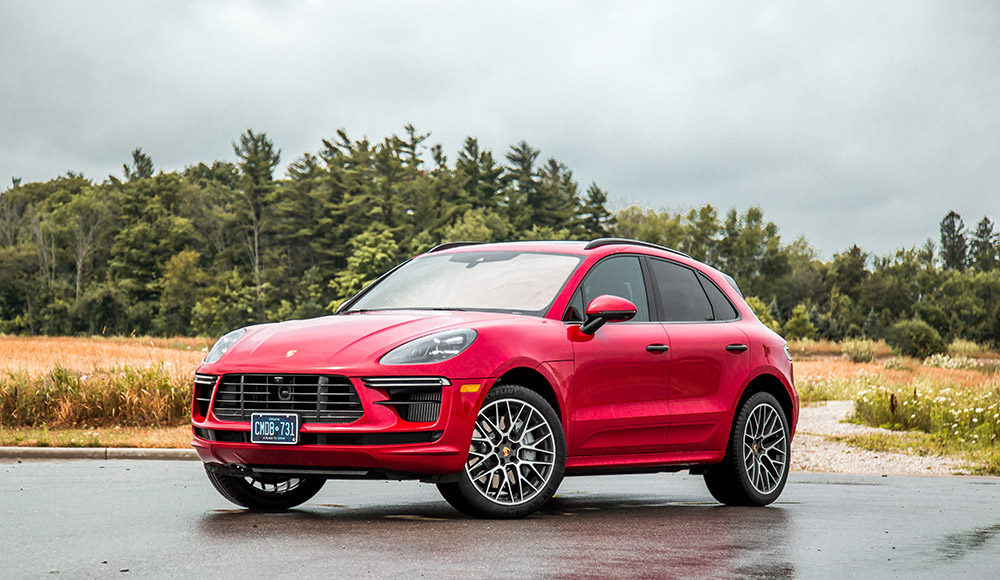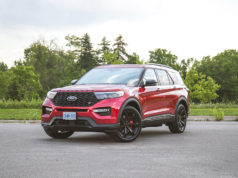Porsche may get a bad rap for nickel and diming every option in the book, but you do have to give it to them for offering such a wide range of customizability. Want your wheels to match your paint color? No problem. What about decals running along the side so people know what model you’re driving? You got it. What if you have a specific paint color in mind that’s not on the current Porsche palette? They’ve got you covered too with their Paint to Sample program.

These made-to-measure options cost a pretty penny but not many other automakers, especially in this price bracket, let owners liberally express their personalities and tastes in such a way, and that goes for their most affordable model in the lineup too, the compact SUV turned cash cow, the Macan. You can have a four-cylinder Macan for just under $60,000, a Macan with a suede interior and wild exhaust note with the GTS, or a V6 one pushing out 434 horses with the Turbo. There’s a Macan for everyone and for (almost) any budget, keeping it just in range for the average middle-class buyer looking for something premium on their driveway.

The Macan Turbo makes use of a new 2.9-litre twin-turbo V6, the same unit in the Cayenne S, and a similar one to the familial Audi RS5. It produces a healthy 434 hp and 406 lb-ft of torque through a 7-speed dual-clutch transmission and a rear-biased all-wheel-drive system. Those keeping track will note that those power figures are lower than the 3.6-liter V6 from the outgoing Macan Turbo with the Performance Package, 6 horses, and 36 lb-ft down in fact. The result is an acceleration time of 0-100 km/h in 4.3 seconds when equipped with launch control, enough to keep up with an F-Pace SVR, but far off the pace of the competing GLC 63 S (3.8 s), X3 M Competition (4.1 s), and Stelvio Quadrifoglio (3.8 s), all of which boast at least 500 horses and outshine the Macan’s comparatively lethargic output.

But numbers aren’t everything. This engine, oh my this engine. How Porsche has made the V6 this responsive, broadened the powerband to make every one of those 400 horses this accessible, and somehow made it sound better than the Audi RS5, is beyond me. This 2.9-liter loves to rev, and while the needle doesn’t swing as quickly as a BMW straight-six, and maximum torque only comes at 1,800 rpm where it previously began the show at 1,500 RPM, the clever DCT makes use of the torque and distributes it evenly, making delivery linear, predictable, and rapid. The DCT picks gears assertively yet executes the shifts with a gentle smoothness, while the resulting engine response is near-instant with turbo lag minimized thanks to the turbo’s clever location within the ‘vee’ of the V6.





















